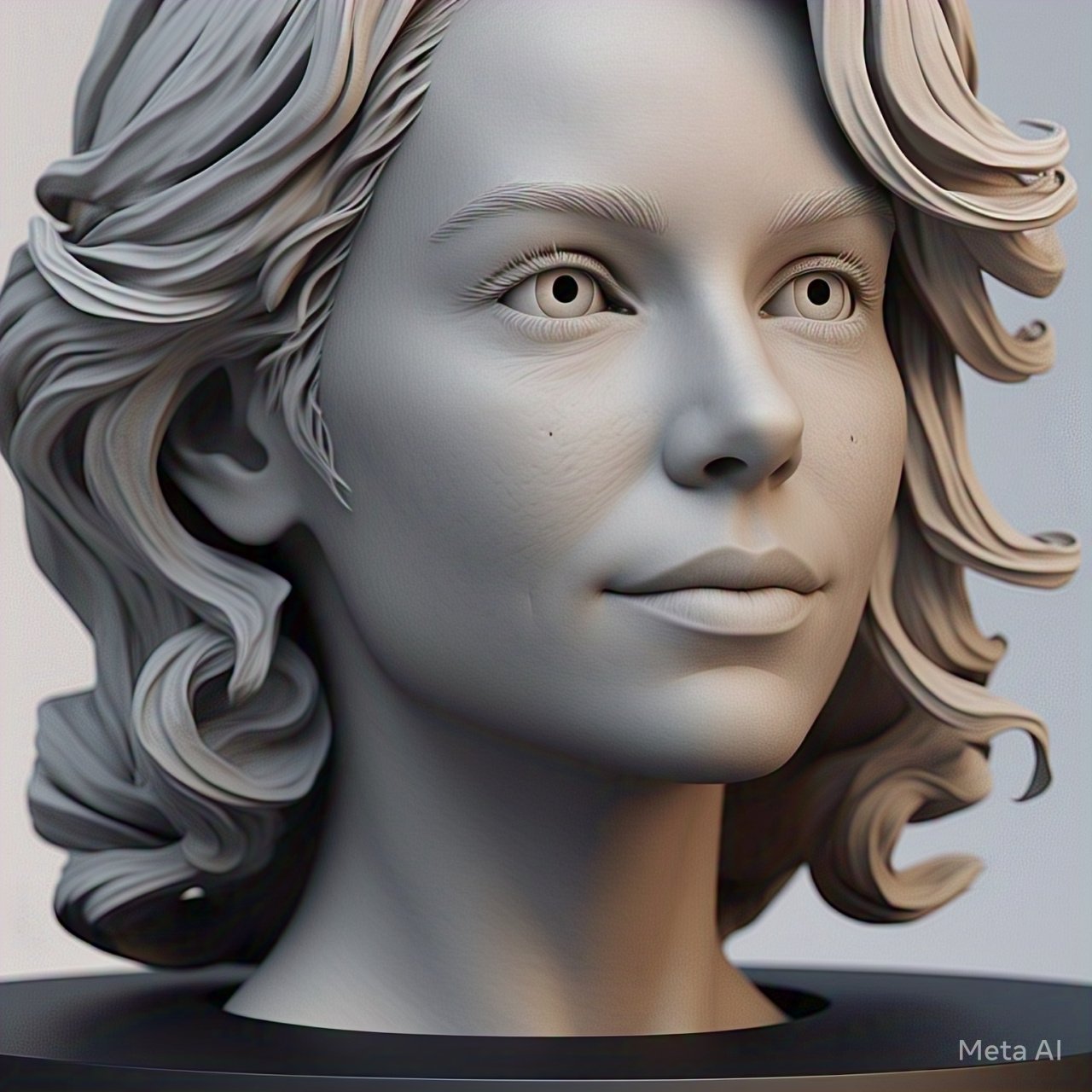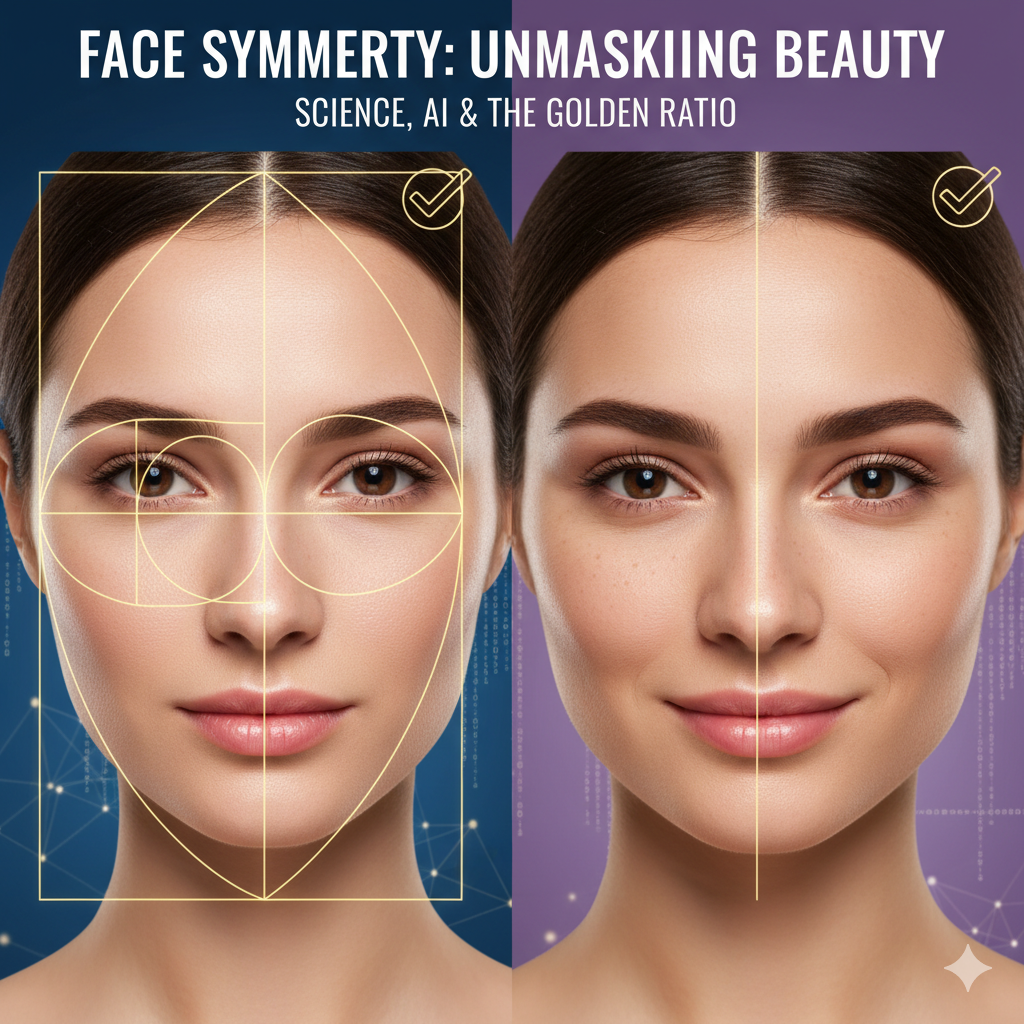Ancient Egypt stands as a significant influence in the realm of beauty practices, reflecting the civilization’s deep appreciation for aesthetics and personal care.
The Egyptians utilized a variety of natural ingredients in their beauty rituals, with honey, milk, and essential oils being among the most prominent.
Honey, revered for its moisturizing and antibacterial properties, was often incorporated into skincare regimens,
while milk was valued for its ability to soften and rejuvenate the skin.
Essential oils, derived from various plants, were also commonly used, not only for their aromatic properties but for their therapeutic benefits in maintaining skin health.
Cosmetics played a pivotal role in Ancient Egyptian culture, serving not just aesthetic purposes, but also spiritual and symbolic meanings.
Eye makeup, particularly the iconic kohl, was applied by people, believed to protect the eyes from the sun’s glare and ward off evil spirits.
The striking use of blue and green eye shadows, made from minerals, showcased their advanced understanding of color and skin enhancement.
The Egyptians took meticulous care in their beauty routines, reflecting their values of
- cleanliness,
- hygiene,
- and elegance
which had a lasting impact on beauty standards.
The beauty practices of Ancient Egypt have undeniably influenced modern aesthetics,
with a renewed interest in natural beauty products evident in today’s beauty industry.
As consumers increasingly seek cleaner, more organic alternatives, the utilization of honey, milk, and essential oils has seen a resurgence.
Many contemporary skincare brands are now drawing inspiration from these ancient rituals,
promoting natural beauty solutions that resonate with modern ideals of sustainability and holistic wellness.
This coalescence of ancient wisdom and modern innovation continues to define beauty in a way that bridges historical significance with present-day trends.

Videos are added as random thoughts 💭 💭.
The Renaissance: A New Era of Aesthetic Ideals
The Renaissance, spanning from the 14th to the 17th century, marked a profound transformation in beauty standards and aesthetic ideals across Europe.
This cultural movement emphasized humanism, art, and the revival of classical knowledge, significantly shaping notions of beauty.
Influenced by the artistry of the time, women were inspired to adopt elaborate hairstyles and employ innovative skincare treatments to align themselves with culturally celebrated standards.
The works of renowned artists, such as Botticelli and Raphael, illustrated women with flowing hair, symmetrical features, and clear skin, establishing a visual template that many aspired to emulate.
Beauty practices during the Renaissance included the use of natural ingredients for skincare,
a precursor to many contemporary beauty trends.
Women turned to botanicals, such as herbs and flower extracts, to create facial masks and beauty lotions.
These practices reflected a growing understanding of personal grooming and the importance of self-presentation.
Additionally, literary works and poetry from this era glorified physical beauty, further prompting women to enhance their own appearances through various means,
including elaborate accessories and fine clothing.
Historical figures, like Isabella d’Este, exemplified the beauty ideals of the era, known for her intelligence and charm as much as her physical appearance.
The societal implications of these standards were significant, as beauty became intertwined with social status and influence.
The portrayal of women’s beauty in art and literature served both as a source of empowerment and as a constraint,
establishing normative expectations that persisted for centuries.
Today, remnants of this Renaissance legacy continue to impact contemporary beauty standards, as people still draw inspiration from the artistic expressions of that period,
affirming that the quest for beauty is indeed timeless.
Victorian Beauty: Modesty Meets Elegance
The Victorian era, which spanned from 1837 to 1901 during Queen Victoria’s reign,
is often remembered for its rich cultural and artistic contributions, as well as its inherent contradictions,
especially concerning beauty. At a time when modesty was paramount,
women engaged in an expansive array of beauty rituals that combined both simplicity and sophistication.
The societal standards of the time dictated that women present a respectable facade,
yet they engaged in elaborate practices intended to enhance their beauty.
Natural remedies played a significant role in the Victorian beauty regimen.
Ingredients like rosewater and lavender were commonly used for their soothing properties and pleasant scents.
Rosewater, in particular, became a staple for cleansing and toning the skin, valued for its antibacterial properties.
Additionally, herbal infusions and potions were sought after, with many women creating their own concoctions from readily available botanicals.
This blending of nature with cosmetics was both a necessity and an expression of creativity, reflecting the era’s intrinsic appreciation for the natural world.
Moreover, the paradox of modesty versus extravagance was evident in makeup usage during this period.
While overt displays of makeup were often frowned upon, the desire for a flawless complexion drove the popularity of subtle enhancements.
Women sought out cosmetic products that promoted a “natural” look, influencing the development of various foundational products that resemble today’s formulations.
This quest for understated beauty combined with a desire for glamour laid the groundwork for later cosmetic innovations,
expanding the traditional boundaries of beauty practices.
Through a lens of Victorian beauty, we see the blend of societal expectations and personal aesthetics that pioneered new standards.
The legacy of their beauty secrets continues to resonate, enriching modern beauty practices with a historical context that celebrates both modesty and elegance.
The Flapper Era: Revolutionizing Beauty Standards
The Flapper Era, which emerged in the Roaring Twenties, marked a profound transformation in beauty standards and societal norms.
This period was defined by a desire for liberation among women, shedding the constraints of previous decades and embracing a more modern and bold aesthetic.
The flapper movement celebrated youthfulness and independence, leading to a dramatic shift in how beauty was perceived and expressed.
Central to this movement was the rise of makeup; women began to experiment with cosmetics in ways that were previously considered audacious,
using lipstick, rouge, and kohl to create a glamorous yet rebellious look.
Short haircuts became a symbol of this newfound freedom, with the iconic bob hairstyle epitomizing the flapper’s break from traditional feminine aesthetics.
This radical change in hairstyles signified a rejection of Victorian ideals of beauty and a move toward a more androgynous and boyish appearance.
The era’s fashion also reflected this shift, with knee-length dresses and less restrictive clothing enabling women to move freely and confidently,
further asserting their individuality and self-expression.
The influence of the flapper era extends far beyond its initial decade.
The ideals of empowerment, self-reliance, and individual expression introduced during this time laid the groundwork for contemporary beauty standards.
Modern women continue to draw inspiration from the flapper movement, championing a variety of beauty ideals that celebrate diversity and personal choice.
The courage to express one’s identity and define beauty on one’s own terms remains a lasting legacy of the flapper generation,
highlighting how historical shifts in beauty norms can resonate through time and inspire future generations.
Thanks.




